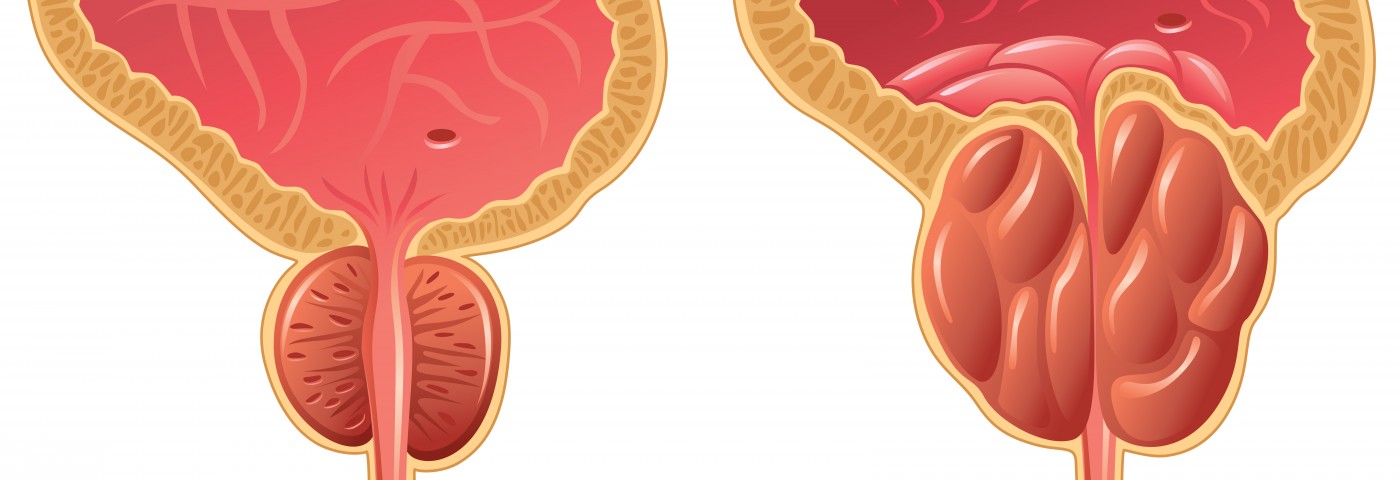Measuring a structural parameter of the prostate — specifically, the prostatic urethral angle — is a potential predictor of the response of BPH patients’ to alpha blocker monotherapy to treat nocturia, a lower urinary tract symptom. Angles below 33.5 degrees are generally associated with improvements, researchers said.
These are the results of a multicenter study from Korea, “The prostatic urethral angle can predict the response to alpha adrenoceptor antagonist monotherapy for treating nocturia in men with lower urinary tract symptom: A multicenter study,” published in the journal Prostate International.
Nocturia is when people wake up during the night with the urge to urinate. It is a common cause of sleep loss in older adults, especially in older men with benign prostatic hyperplasia (BPH). Previous studies have suggested that BPH patients treated with an alpha blocker could reduce residual urine and prevent nocturia. However, the effects differed from patients to patient, and some men exhibited no significant improvement. The underlying reason for this remains largely unknown.
The study’s authors hypothesized that structural differences in patients’ prostates could explain the individual differences in the effect of alpha blockers. They evaluated how the differences in patients’ prostate (determined by ultrasound) correlated with improving nocturia after administering alpha blocker monotherapy — using either tamsulocin, doxazocin, alfuzocin, terazocin, naftopidil, or silodocin.
The team studied 108 patients who had nocturia — defined here as waking more than twice a night to urinate — and who were treated with a monotherapy of alpha blocker for at least three months, with an average of 11.5 months.
Alpha blocker treatment led to an improvement of nocturia in 25 percent of the cases — 27 patients out of 108. The patients who showed improvement were in general younger and with a lower prostatic urethral angle, a well-known structural parameter of the prostate.
The authors also found that lower prostatic urethral angle, specifically lower than 33.5 degrees, was a good predictor of patients’ improvement of nocturia after medication.
These results suggest that measuring the prostatic urethral angle can predict the efficacy of alpha blocker monotherapy as a treatment for nocturia in men with benign prostatic hyperplasia.

